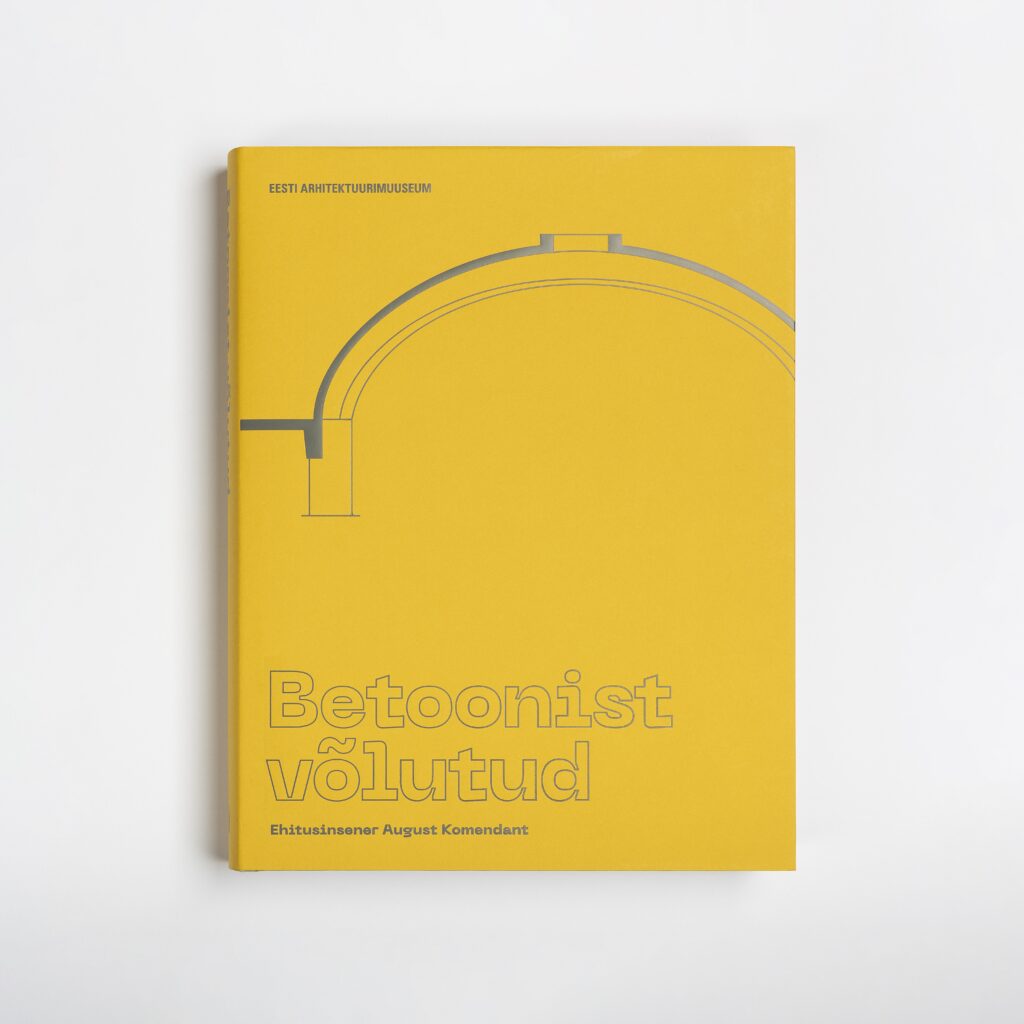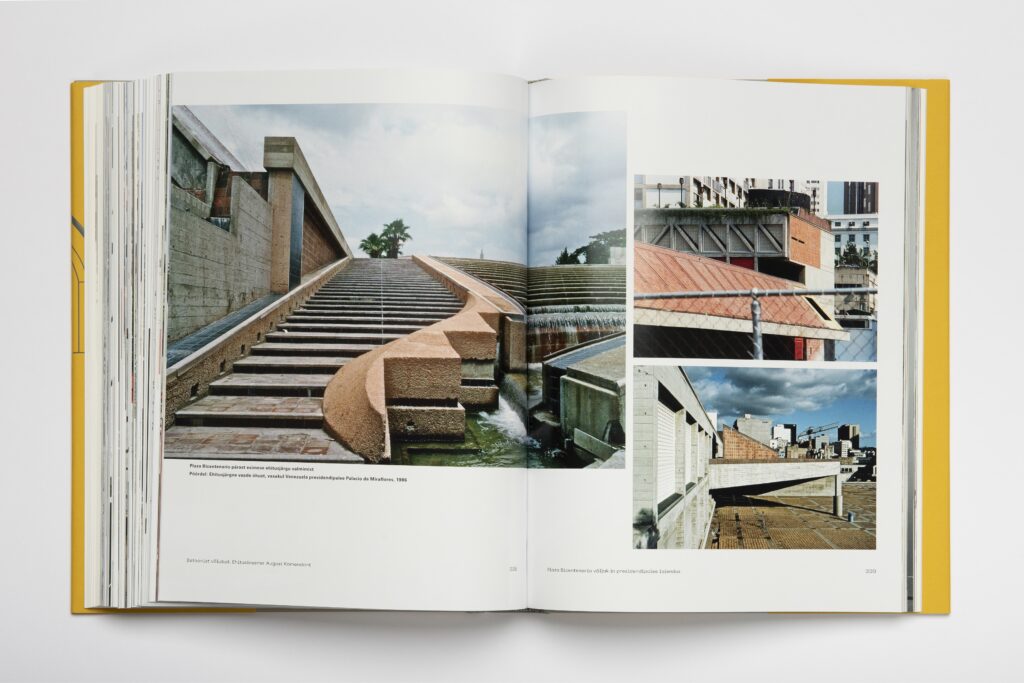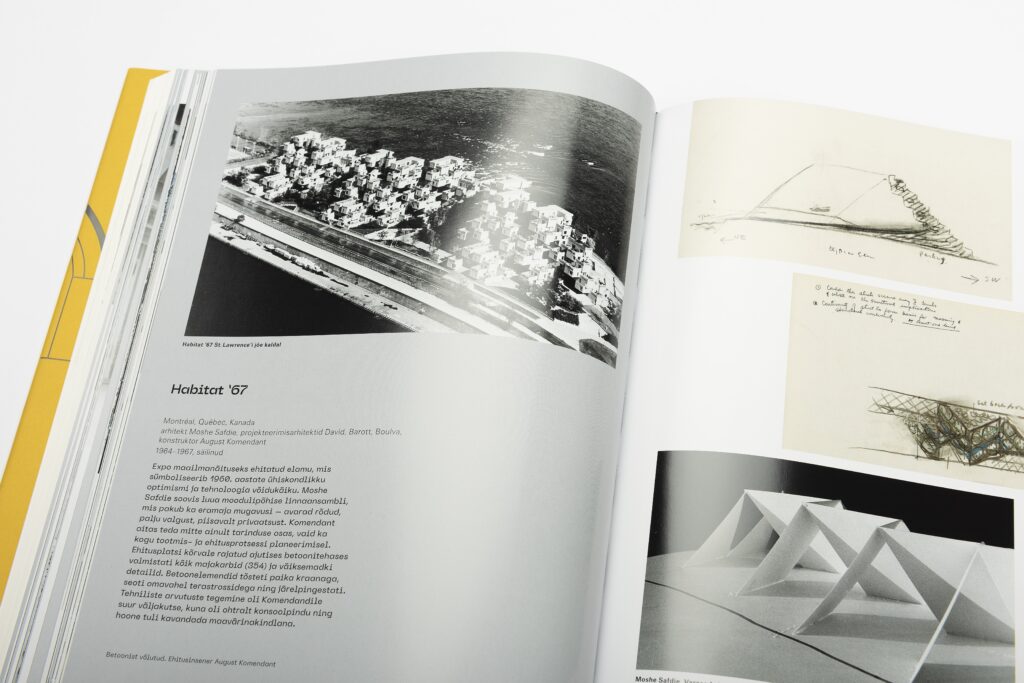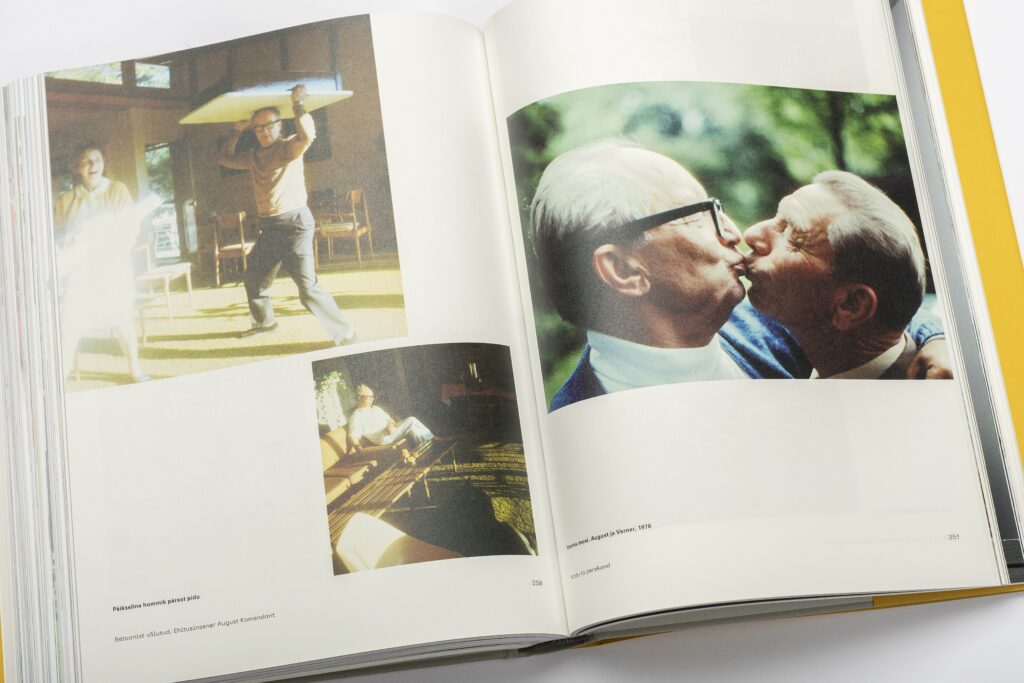The book is the first comprehensive insight into the legacy of August Komendant (1906–1992). The book, in conjunction with an exhibition of the same name – first exhibited at the Estonian Museum of Architecture from January 10 through July 26, 2020 – provides an overview of Komendant’s long career spanning from the 1930s to the 1980s. Komendant’s portfolio contains more than 200 projects – some of which he designed independently, others in collaboration with architects and fellow engineers. The most exciting of these projects can be found also in the book. The book similarly features the voices of some of Komendant’s contemporaries and loved ones. The interviews conducted during the research help to understand the background of the projects and paint a portrait of August Komendant as a person.


Hardback, 432 lk, 500 illustrations
The book “Miracles in Concrete” is highly unusual. Books about an architect or engineer usually deal primarily with the end results – constructed buildings. Here, however, the entire process of ideas evolving into buildings is discussed starting from the cooperation between the architect and the engineer, the development of the project, the construction and the communication between all stakeholders – engineers, builders and clients. And all this with rare thoroughness. Also the selection of illustrations is remarkable starting from the architect’s early sketches to the engineer’s conceptual designs, drawings, and photos of both the construction as well as the completed buildings. All this makes it an outstanding source of information and inspiration for current as well as future architects and structural engineers.
In addition to the Estonian version, the publishing house Birkhäuser Verlag published also an English version. This is equally remarkable as Birkhäuser is a leading publisher of the given field with their series Construction: Manual (Timber, Concrete, Masonry, Glass, Facades, Energy etc) is probably the best in the world.
Tiit Masso, structural engineer




The book contains essays by renowned architectural historian Professor Kenneth Frampton and the editor of the book Carl-Dag Lige as well as selected articles by August Komendant. The only known in-depth interview with August Komendant – a conversation with architect Oscar Tenreiro in 1985 – is published for the first time in Estonian. The book provides a captivating visual overview of August Komendant’s most important works during his career as a structural engineer – from the early concrete structures in his native Estonia in the 1930s to the masterpieces of world architecture in North America in the 1960s and 1970s. A majority of the 500 drawings are published for the first time. The book also includes a comprehensive list of August Komendant’s work, including the key details of each project, and a selected bibliography, which contains both Komendant’s own publications and writings by others on his work.


August Komendant (1906–1992) was an Estonian-American structural engineer whose collaboration with famous architects and engineers resulted in several twentieth-century architectural masterpieces – Kadriorg Stadium grandstand in Tallinn, Estonia (architect: Elmar Lohk, 1938), the Habitat ’67 experimental housing complex in Montreal, Canada (Moshe Safdie, 1967) and the Kimbell Art Museum in Fort Worth, Texas, USA (Louis I. Kahn, 1972). Komendant’s beliefs were firmly based on knowledge complemented by a refined sense of aesthetics. Komendant as a structural engineer valued Architecture with a capital letter – its timeless dimension and lasting quality.





















































































































































































